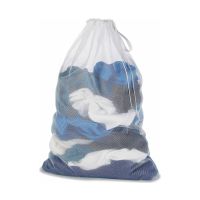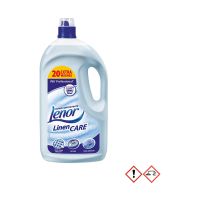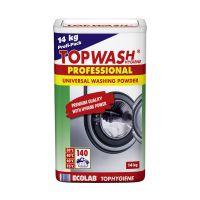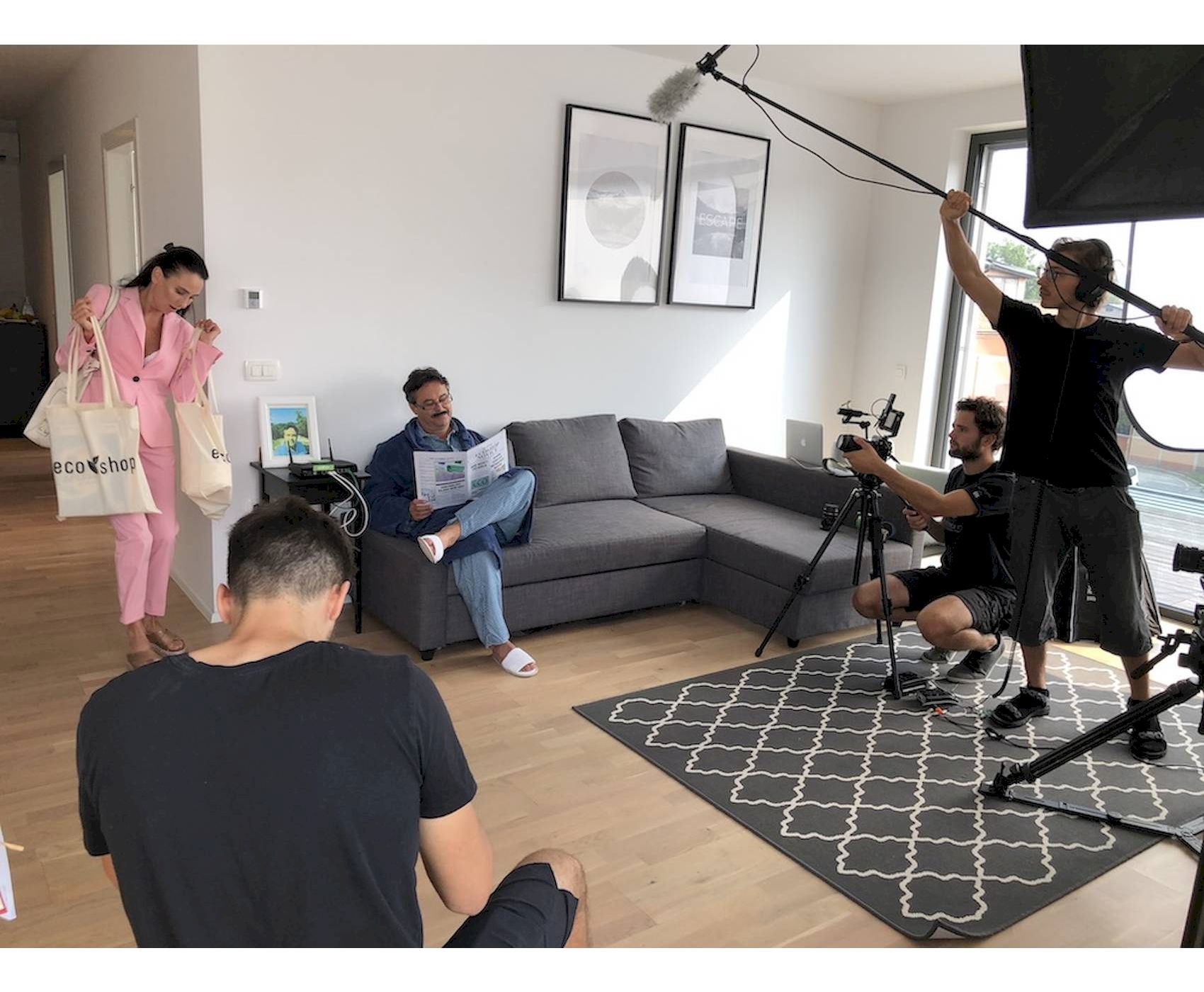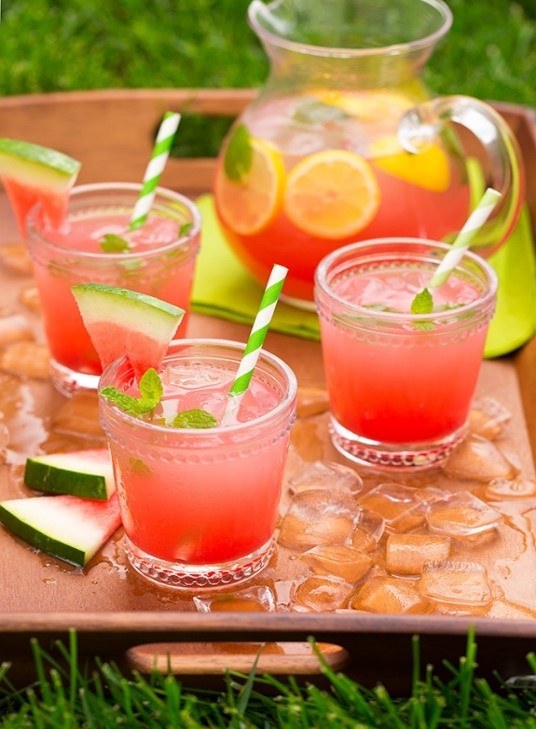EVERYTHING ABOUT LAUNDRY
Fabric washing is a process by which dirt is removed from the fabric due to washing in water with a device called a washing machine. There are always 4 factors in the washing machine:
• MECHANICAL OPERATION
due to linen clap to the alternating movement of the basket.
• HEAT MEASURES water temperature.
• TIME ACTION washing time.
• CHEMICAL MEASURES detergents, bleach,accessories etc. so that water is able to remove dirt from the fabric.
WASHING PROCEDURE
The washing process consists of 7 different stages (some of which are optional), depending on type of dirt and on fabric:
1. IRRIGATION
The irrigation phase is an optional phase and is only recommended when it is necessary to remove large amounts of dirt that are easily removed with water (light soils such as dust, smog, biological dirt, i.e. blood, feces, urine, vomit, etc.).
2. PRE-WASHING
The pre-wash phase is optional: it is used when the fabric is particularly dirty and needs to be prepared for the washing phase.
3. WASHING
The washing phase is always present. Its purpose is to completely remove dirt. It is also commonly used for bleaching with medium / high temperature products. The washing phase is designed for all types of fabrics, of all colors, and is a key phase.
4. BLEACHING
The bleaching phase is optional: it has the effect of finishing. It is used when it is necessary to wash the laundry for catering or staff. It affects more visible and persistent patches such as tomatoes, fruit, etc.
5. RINSING
The rinse phase is always present, its purpose is to remove traces of detergent, additives, etc. from laundry. 3 rinses are usually performed. In exceptional cases, also 2 or 4 may be performed.
6. NEUTRALISATION AND / OR FINAL PHASE
The neutralisation and / or final phase is always present. It occurs at the last rinse and its purpose is to neutralise and remove traces of alkalies, additives etc. by reseting the fabric pH back to its original value. In this step, a softener that is added before washing is crucial, as it releases fibers that make the fabric feel more comfortable and at the same time gives it a pleasant scent.
7. CENTRIFUGE
The centrifuge/rotation phase is also always present. Its purpose is to extract water from the fabric. Due to centrifuge effect, fabric ends up being less water soaked and therefore easier to dry and iron.

WATER FEATURES
To reach best results, laundry water should be:
• Clear and colorless
• Odorless
• Sweet or soft: Hardness indicates the amount of calcium and magnesium salts in water. Problems due to increased water hardness are visible on fabrics and washing machines. On fabrics we may have: greyness, a sense of roughness to the touch, poor quality of washing, difficulties with stain removal, reduced hygiene (bacterial propagation), faster tissue degradation. On washing machines, these problems may be: yield loss of heating elements, bacterial propagation in the machine, partially or fully covered pipes, filling holes in the basket.
• The recommended value of iron when washing laundry in water is max. 0.1 ppm as it may cause a decrease in whiteness. Under special conditions, it could create a chemical reaction with consequent irreversible fiber damage (the appearance of holes, fabric decomposition).
• pH around 7.
• Total salinity around 500 ppm

TYPES OF DIRT
There are many types of dirt. To simplify, they can be divided into 6 macro areas:
1. SOLID: dust, sand, rust, soil, soybeans, limestone, etc. They are derived from solid particles, often minerals, which are not usually soluble in water. They are usually removed in wet state or in prewash. Sometimes they need to be removed manually from laundry surface.
2. COLORING SUBSTANCES: fruits, coffee, tea, wine, sauces, lipstick, blood, etc. contain colored substances that are more difficult to be soluble in water.
3. OIL FATS: Vegetable, animal or mineral fats are insoluble in water and particularly similar to some fabrics, such as polyester. The removal of such dirt should be handled with water-soluble detergents based on surfactants. They are removed gradually in the prewash and wash, at medium to high temperature.
4. WATER SOLUBLE: salty or sweet substances that are soluble in water. They should only be treated by water activity. They are removed during soaking or prewash phase.
5. MICRO-ORGANISMS: bacteria, fungi, mold. They spread on fabrics, especially if left in a dirty, wet environment for a longer time. In order to completely destroy their presence, they must be treated with disinfectants and / or bleaches.
6. WATER-FREE DIRECTION: paints, oil, synthetic material. They are not washed in water, there are special programs for them or they may be washed manually.
In order for our laundry to be as efficient as possible and our results to be optimal, it is important that we handle each dirt in its own way and know the material we are dealing with.

 Slovenian
Slovenian German
German